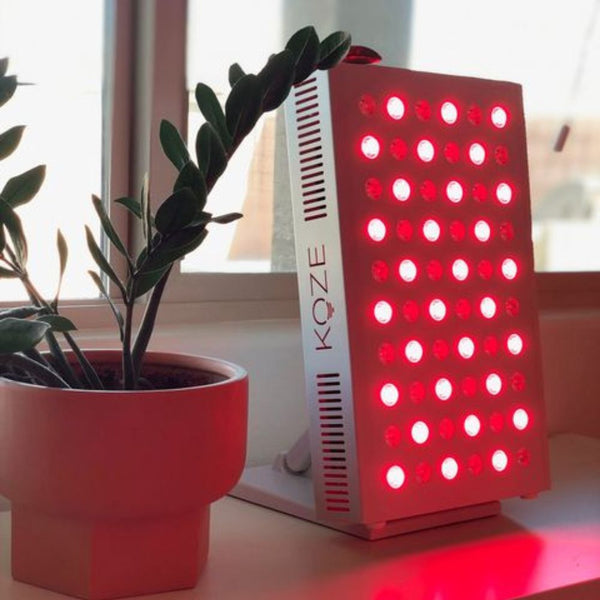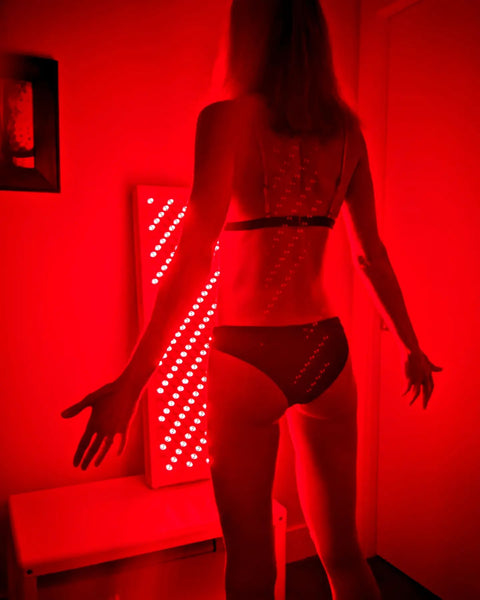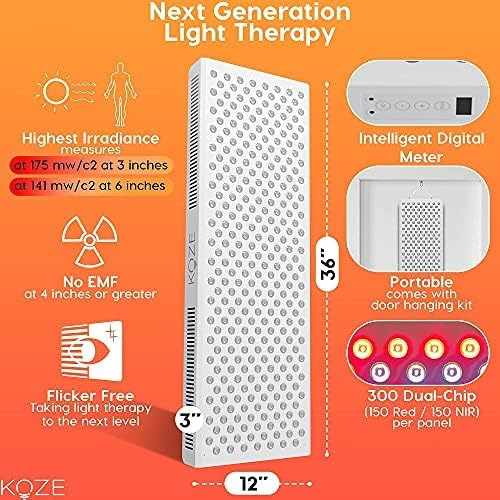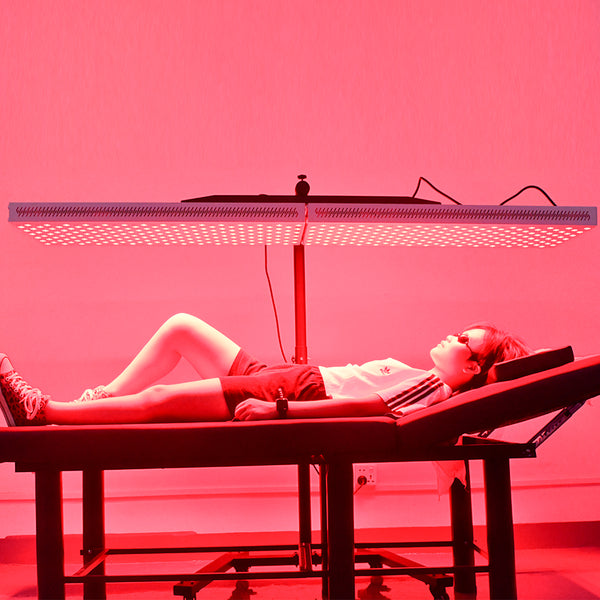
Red Light Therapy For Weight Loss
In recent years, the wellness industry has been abuzz with the potential of Red Light Therapy (RLT) as a revolutionary tool for various health benefits, including weight loss. This non-invasive treatment, known for its therapeutic effects, has gained popularity for its ability to address stubborn fat and improve overall body composition. As obesity continues to be a global concern, the quest for effective weight loss solutions has led many to explore the benefits of RLT. In this comprehensive blog post, we will delve into the ins and outs of how Red Light Therapy is for weight loss, uncovering its mechanisms, benefits, and how it can be integrated into your weight loss journey.
What is red light therapy?
Red Light Therapy (RLT), sometimes referred to as photobiomodulation (PBM) or low-level laser therapy (LLLT), is a medical procedure that employs low-wavelength red light to treat a variety of medical and dermatological disorders.. Unlike UV near infrared light therapy, which can damage the skin, red light therapy is safe and non-invasive, making it an appealing option for those seeking alternative treatments.
RLT works by emitting red and near-infrared light, which penetrates the skin to various depths. This same light penetrates and is absorbed by the mitochondria in our cells, the powerhouse of the cell, which then stimulates the production of adenosine triphosphate (ATP). ATP is the energy currency of the cell, and its increased production leads to enhanced cellular function and repair.
The effectiveness of the red light therapy treatments is not limited to a treatment group or single condition but spans across a range of issues, including:
-
Skin Health: RLT is known for its anti-aging properties, reducing wrinkles, fine lines, and improving skin complexion.
-
Pain Relief: It has been used to alleviate chronic pain, inflammation, and joint disorders.
-
Wound Healing: RLT accelerates the healing process of wounds and injuries.
-
Mental Health: Some studies suggest that RLT can improve mood and reduce symptoms of depression.
7 Benefits of Red Light Therapy for Weight Loss
Red Light Therapy (RLT) offers several potential benefits for individuals looking to lose weight and improve their body composition. While it's not a magic solution, when combined with a healthy lifestyle, RLT can be a powerful tool in your weight loss arsenal. Here are some of the key benefits:
1. Targeted fat reduction:
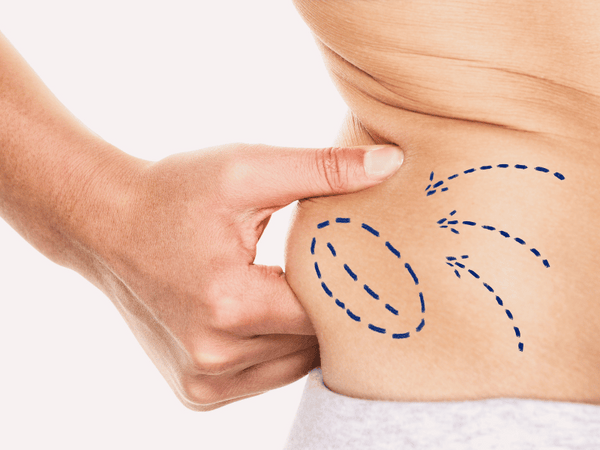
One of the most appealing aspects of RLT is its ability to target specific areas of fat mass in the body for fat reduction. Whether it's the belly, thighs, or arms, RLT can help you lose fat or reduce stubborn fat deposits that are often resistant to diet and exercise alone.
2. Boosted Metabolism:
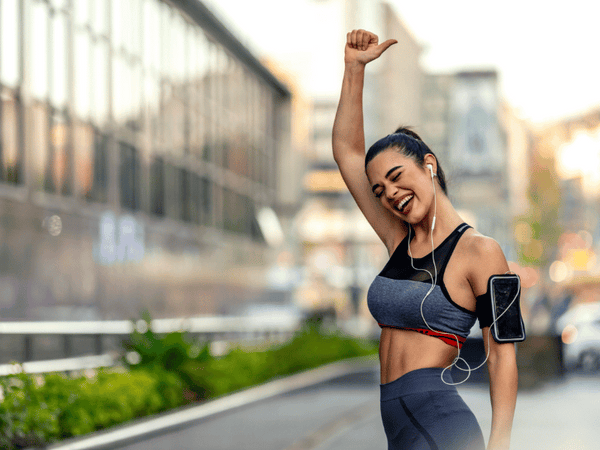
By enhancing mitochondrial function and increasing energy production in cells, RLT can help boost your body fat metabolism. A higher metabolic rate means your body burns more calories, even at rest, to burn fat, which can contribute to weight loss over time.
3. Enhanced Muscle Recovery:

RLT is why exercise training is not only beneficial for fat loss but also for muscle recovery. By reducing inflammation and promoting cellular repair, RLT can help you recover faster from workouts, allowing you to maintain a consistent exercise program and routine, which is crucial for weight loss.
4. Improved Skin Elasticity:
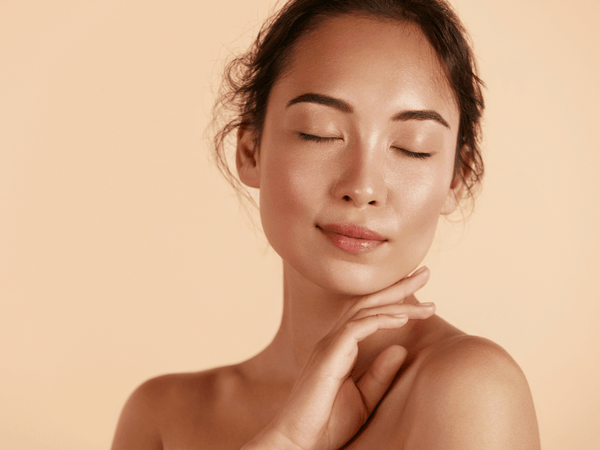
As you lose weight, maintaining skin elasticity is important to avoid sagging skin. RLT has been shown to stimulate collagen production, which can improve skin firmness and elasticity, giving you more firm skin and a more toned appearance.
5. Increased energy levels:

Many users of RLT report feeling more energized after treatments. This boost in energy can be beneficial for staying active and sticking to your workout routine.
6. Appetite Control:

Some studies suggest that RLT may have an effect on leptin and ghrelin, hormones that regulate appetite. By potentially reducing cravings and controlling appetite, RLT could help you stick to a healthier diet.
7. Reduced stress and anxiety:

Weight loss journeys can be stressful, and stress can lead to emotional eating. RLT has been shown to have a calming effect, reducing stress and anxiety levels, which can support your weight loss goals.
How to Use Red Light Therapy for Weight Loss
Incorporating Red Light Therapy (RLT) into your weight loss and exercise regimen can be a straightforward process, but it's important to follow guidelines to ensure safety and effectiveness. Here's how you can use RLT for weight loss:
1. Consult with a professional: Before starting RLT, it's advisable to consult with a healthcare professional, especially if you have underlying health conditions. They can provide guidance on whether RLT is suitable for you and how to use it effectively.
2. Choose the Right Device: There are various RLT devices available, ranging from professional-grade machines to portable home devices. Select a device that is FDA-approved and emits light in the red and near-infrared spectrum (approximately 600–900 nm).
3. Determine Treatment Frequency and Duration: The optimal frequency and duration of RLT sessions can vary depending on the device and individual needs. Generally, it's recommended to start with sessions lasting 10-20 minutes, 3-5 times per week. You can adjust the frequency and duration based on your response to the therapy.
4. Target Specific Areas: If you have specific areas specifically treated regions of the body where you want to reduce fat, position the RLT device to directly target those regions. Ensure that the light covers the entire area you wish to treat.
5. Maintain Consistency: Like any weight loss intervention, consistency is key. Stick to your RLT schedule and give it time to work. It may take several weeks to see noticeable results.
6. Combine with a Healthy Lifestyle: For the best outcomes, use RLT as part of a comprehensive, healthy weight-loss plan that includes a balanced diet, regular exercise, and adequate sleep.
7. Track Your Progress: Keep a record of your RLT sessions and any changes in your body weight, or body composition. This can help you assess the effectiveness of the therapy and make adjustments as needed.
7 Potential Side Effects and Precautions
Red Light Therapy (RLT) is widely regarded as safe and has few adverse effects. But just as with any treatment, it's critical to be aware of any possible hazards and take the necessary safety measures:
1. Eye Safety: Direct exposure to intense light can be harmful to the eyes. While RLT devices typically use wavelengths that are safe for the eyes, it's advisable to use protective eyewear or close your eyes during treatment, especially if you're using a device that emits bright light.
2. Skin Sensitivity: Although rare, some individuals may experience mild skin irritation, redness, or rash after RLT treatment. If you have sensitive skin, start with shorter sessions and monitor your skin's reaction.
3. Photosensitivity: If you're taking medication that increases your sensitivity to light (photosensitizing medications), consult with your healthcare provider before starting RLT, as it may increase the risk of side effects.
4. Underlying Health Conditions: If you have a history of skin cancer, epilepsy, or other health conditions that may be affected by light therapy, discuss RLT with your healthcare provider to determine if it's safe for you.
5. Pregnancy: There is limited research on the safety of RLT during pregnancy. It is best to speak with your healthcare professional before using RLT if you are pregnant.
6. Avoid Overuse: Excessive use of RLT can potentially lead to skin damage or other adverse effects. Follow the recommended treatment duration and frequency guidelines for your device.
7. Quality of Devices: Ensure that the RLT device you're using is FDA-approved and from a reputable manufacturer. Poor-quality devices may not provide the intended benefits and could pose safety risks.
Red Light Therapy Devices for Home Use
With the growing popularity of Red Light Therapy (RLT) for various health benefits, including weight loss, there has been an increase in the availability of RLT devices for home use. Here's a guide to help you choose the right device and use it effectively:
1. Types of Devices:
Handheld Devices:
Handheld devices are lightweight and portable, making them ideal for focusing on certain problem areas or tiny parts of the body like the face.
Panels:
Larger than handheld devices, panels may target more body parts, which makes them appropriate for body sculpting and overall weight loss.
Beds or pods:
These full-body devices offer the most comprehensive coverage and are ideal for a complete RLT experience, but they tend to be more expensive and require more space.
2. Key Features to Consider:
- Wavelength: Look for devices that emit light in the red (630-660 nm) and near-infrared (810-850 nm) wavelengths, as these are most effective for weight loss and skin health.
- Irradiance: This measures the power output of the device. Higher irradiance means more energy is delivered to your body, potentially leading to better results.
- Size and Coverage: Choose a device size that fits your needs. If you're targeting specific areas, a smaller device may suffice. For full-body treatment, consider larger panels or beds.
- FDA Approval: Ensure the device is FDA-approved for safety and efficacy.
- Brand Reputation: To be sure you're buying a high-quality gadget, do some brand research and check customer reviews.
3. Using the device:
- Follow Instructions: Each device comes with specific usage instructions, including treatment duration and frequency. Follow these guidelines for optimal results.
- Preparation: Cleanse the skin area before treatment to remove any barriers that might block the light.
- Positioning: Position the device so that the light directly hits the target area. For panels and beds, lie or sit comfortably during the session.
- Consistency: Regular use is key to achieving results. Stick to a consistent treatment schedule.
4. Maintenance:
- Cleaning: Keep the device clean according to the manufacturer's instructions to ensure its longevity and effectiveness.
- Storage: Store the device in a safe place, away from direct sunlight and moisture.
Investing in a high-quality Red Light Therapy device for home use can provide a convenient and cost-effective way to support your weight loss goals and overall health.
Comparing Red Light Therapy to Other Weight Loss Methods
Red Light Therapy (RLT) is one of many tools available for weight loss. Understanding how it compares to other methods can help you make informed decisions about your weight loss journey:
1. Diet and exercise:

- Traditional Approach: Diet and exercise are the cornerstone of weight loss. They work by creating a calorie deficit, leading to fat loss.
- RLT: Complements diet and exercise by targeting stubborn fat areas, boosting metabolism, and aiding muscle recovery.
- Combination: Using RLT alongside a healthy diet and regular exercise can enhance overall weight loss results.
2. Surgical Procedures (e.g., Liposuction):

- Surgical Approach: Procedures like liposuction physically remove fat from the body but come with risks and recovery time.
- RLT: A non-invasive alternative that can reduce fat without the need for surgery.
- Considerations: RLT is less aggressive than surgery and best suited for those looking for a less invasive option.
3. Other Non-Invasive Treatments (e.g., CoolSculpting, Laser Lipolysis):
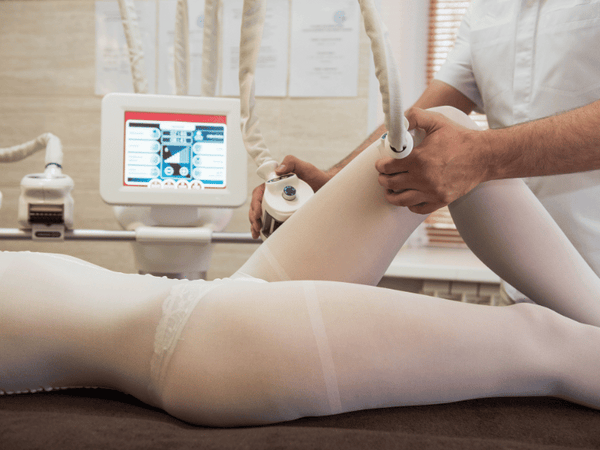
- Other Treatments: Techniques like CoolSculpting freeze fat cells, while laser lipolysis uses heat to destroy them.
- RLT: Uses light to stimulate fat loss without extreme temperatures or destroying cells.
- Differences: RLT is generally gentler and has fewer side effects compared to other non-invasive treatments.
4. Weight Loss Supplements:
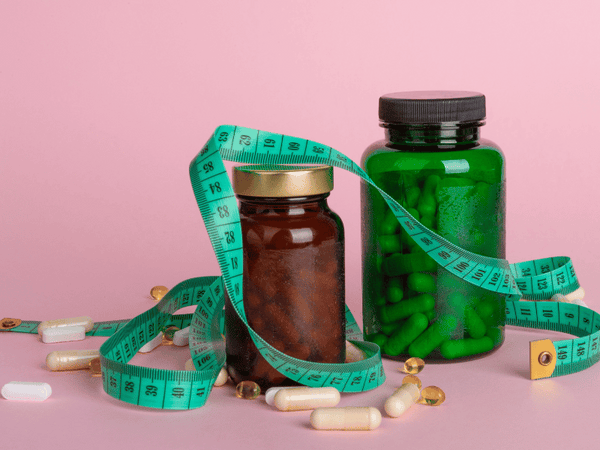
- Supplements: pills and powders that claim to boost metabolism or reduce appetite.
- RLT: is a more natural approach that works by enhancing cellular function.
- Comparison: RLT lacks the potential side effects and regulatory concerns associated with some supplements.
5. Behavioral Changes (e.g., Mindful Eating, Stress Reduction):

- Behavioral Approach: Addresses psychological factors that contribute to weight gain.
- RLT: Can complement behavioral changes by reducing stress and anxiety, which may aid in weight loss.
- Synergy: Combining RLT with behavioral changes can address both physical and psychological aspects of weight loss.
In summary, Red Light Therapy offers a unique approach to weight loss that can be used alone or in combination with other methods. It's particularly beneficial for those seeking a non-invasive, low-risk option to enhance their weight loss efforts.
FAQs About Red Light Therapy for Weight Loss
Red Light Therapy (RLT) for weight loss is a topic of growing interest, and many people have questions about how it works and its effectiveness. Here are some frequently asked questions and their answers:
1. How does Red Light Therapy help with weight loss?
- RLT aids in weight loss by stimulating the mitochondria in cells, leading to increased energy production and enhanced metabolic rate. It also promotes lipolysis, the breakdown of fat cells, and reduces inflammation, which can contribute to weight loss.
2. Is Red Light Therapy safe for weight loss?
- Yes, RLT is considered safe for most people when used correctly. It is non-invasive, does not involve UV radiation, and has minimal side effects. However, it's always recommended to consult with a healthcare professional before starting any new weight loss treatment.
3. How long does it take to see results from Red Light Therapy for weight loss?
- Results can vary depending on individual factors such as diet, exercise, and the frequency and duration of RLT sessions. Some people may notice changes within a few weeks, while for others, it may take several months to see significant results.
4. Can Red Light Therapy replace diet and exercise for weight loss?
- No, RLT should not be considered a replacement for a healthy diet and regular exercise. It is most effective when used as a complementary treatment alongside traditional weight loss methods.
5. Are there any side effects of using Red Light Therapy for weight loss?
- RLT is generally well-tolerated, with few reported side effects. Some individuals may experience mild skin irritation or redness after treatment, but these effects are usually temporary.
6. How often should I use Red Light Therapy for weight loss?
- The optimal frequency of RLT sessions can vary, but most protocols suggest 3-5 times per week for 10-20 minutes per session. It's important to follow the guidelines provided with your specific device.
7. Can I use Red Light Therapy at home for the weight loss benefits?
- Yes, there are many FDA-approved RLT devices available for home use. When choosing a device, look for one that emits light in the red and near-infrared spectrum and follow the manufacturer's instructions for safe and effective use.
Conclusion
Red Light Therapy (RLT) has emerged as a promising tool in the realm of weight loss and body contouring. With its non-invasive nature and minimal side effects, RLT offers a unique approach to targeting stubborn fat, boosting metabolism, and improving overall body composition. The potential benefits of RLT for weight loss include targeted fat reduction, enhanced muscle recovery, improved skin elasticity, and increased energy levels, among others.
As we've explored in this comprehensive guide, RLT can be an effective adjunct to traditional weight loss methods, such as a balanced diet and regular exercise. However, it's important to remember that RLT is not a standalone solution to losing weight, but rather a complementary therapy that can enhance the results of your weight loss efforts.
It's important to speak with medical professionals before starting any new treatment, including Red Light Therapy. A medical expert can provide personalized advice, help you assess the suitability of RLT for your specific needs, and ensure that you use the therapy safely and effectively.
In conclusion, Red Light Therapy presents an exciting opportunity for those looking to enhance their weight loss journey and achieve a healthier, more toned physique. By incorporating RLT into a holistic approach to wellness, you can unlock its full potential and take a step closer to your weight loss goals.
